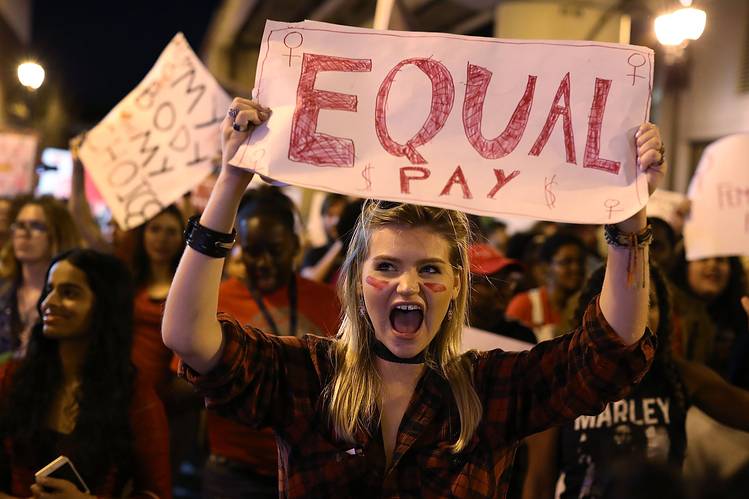Our current society may pride itself on progress and equality, but the latest state employee earnings data reveals a less-than-progressive picture. Among the highest-paid public employees across all 50 US states, only two women occupy the top positions in their respective states.
While looking at the highest-paid employees by state in the public sector, there were some things we were half-expecting and some, well, not so much. We expected to see a lot of college coaches on the list, and this proved correct. However, what we did not expect to see was just two women making the list. Furthermore, we did not expect those two women to be the two least well-paid of the 50.
Before we dive further into the details, here is an overview of what the data revealed.
- Just two states can claim a woman is their highest-paid state employee.
- Out of the 50 highest earners on the list, the two women rank 49th and 50th.
- The average male salary on the list is nearly $5.1 million, while the two women average just $335,769.
- The average male salary of non-college coaches on the list is still over double that of the two top-earning women.
TO VIEW THE COMPLETE LIST OF HIGHEST-PAID STATE EMPLOYEES CLICK HERE
Average Top Male Salary Excluding Coaches Still Double Top Female Salary
These high-earning positions are primarily occupied by college football and basketball coaches, with salaries soaring into the millions. Men dominate these roles, driving up their average salary to nearly $5.1 million. Meanwhile, the two top-earning women — the Vice Chancellor of the University of Maine and the Chief Medical Examiner of New Hampshire — fall significantly short of their male counterparts, averaging a yearly income of only $335,769.
It’s clear that the dominance of men in the world of collegiate sports greatly influences these figures. Nevertheless, this stark wage difference is still apparent among non-athletic department employees. Males on the list, who are not involved in athletic departments, still average a salary of $706,261, which is still over twice the average of the highest-earning women.
Both Women Overachieving in Their Profession
Digging deeper, let’s highlight the roles these two exceptional women hold. Joan Ferrini-Mundy, Vice Chancellor of the University of Maine, and Jennie Duval, Chief Medical Examiner of New Hampshire, both hold critical roles that greatly contribute to their respective states.
Ferrini-Mundy is Maine’s highest-earning state employee with a salary of $410,000. This far outweighs the average national salary for a Vice Chancellor, which is believed to be in the region of $110,000. Duval is also overachieving among her peers. Duval’s salary of $261,538 is also far greater than the national average salary of a Chief Medical Examiner, which is estimated to be around $116,000.
Why is the Pay Gap Evident Here?
Now, why is such a pronounced pay gap still evident? One could argue systemic bias and societal norms have contributed to this disparity. Women are often underrepresented in higher-paying roles and sectors, a factor that extends beyond collegiate sports. This data offers a snapshot of the broader gender pay gap, a persistent issue despite growing awareness and advocacy for pay equality.
So, what can we learn from this stark revelation? It is a wake-up call, demonstrating the scale and pervasiveness of gender disparity, even at the top levels of earnings. It is an indicator that more significant efforts are required to ensure gender equality across all sectors and levels.
However, it’s also worth noting the limitations of this data. It only includes the highest-paid state employees and may not provide a comprehensive picture of wage disparity within each state. Additionally, it could be swayed by a small number of high-income roles, particularly in sports. Therefore, while it offers valuable insights, it doesn’t present the full spectrum of gender wage inequality.
Add The Sports Daily to your Google News Feed!







